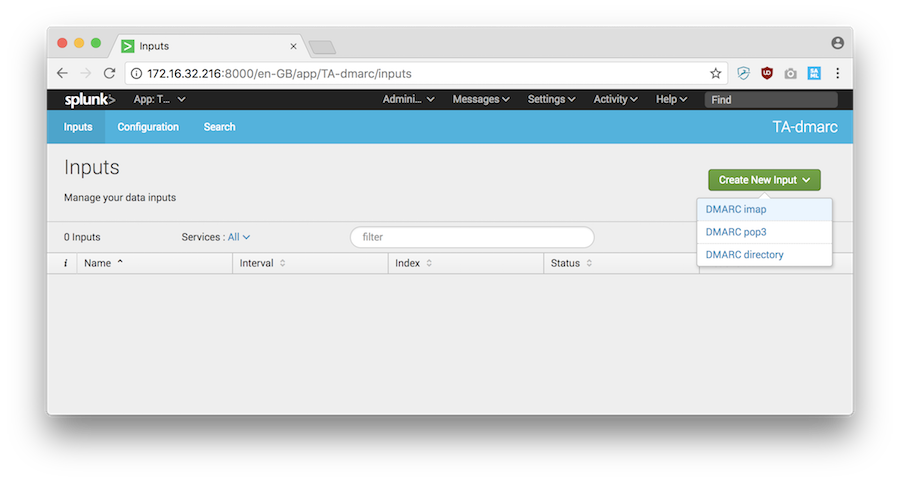Support
LetsDMARC, being a commercial product from Libraesva, provides professional support channels. We expect and typically receive dedicated assistance for setup, configuration, and troubleshooting from their team. This includes access to documentation, knowledge bases, and direct support via email or phone.
The availability of formal support is a significant advantage, especially when dealing with critical email deliverability and security issues. We know there is a team we can rely on for timely resolution of complex DMARC challenges.
The Splunk TA-DMARC add-on is listed as "Not Supported" and "archived." This means there is no official support provided by the developer, and the add-on may not receive further updates or active development. Our support options are limited to community forums and our internal Splunk expertise.
While the Splunk community can be helpful, it does not replace official vendor support, especially for critical security infrastructure. We must be prepared to handle all troubleshooting, maintenance, and potential future compatibility issues ourselves. This lack of support can be a significant drawback for organizations that rely on external assistance.











































 4.5 / 5(2)
4.5 / 5(2)
 0 / 5(0)
0 / 5(0)



